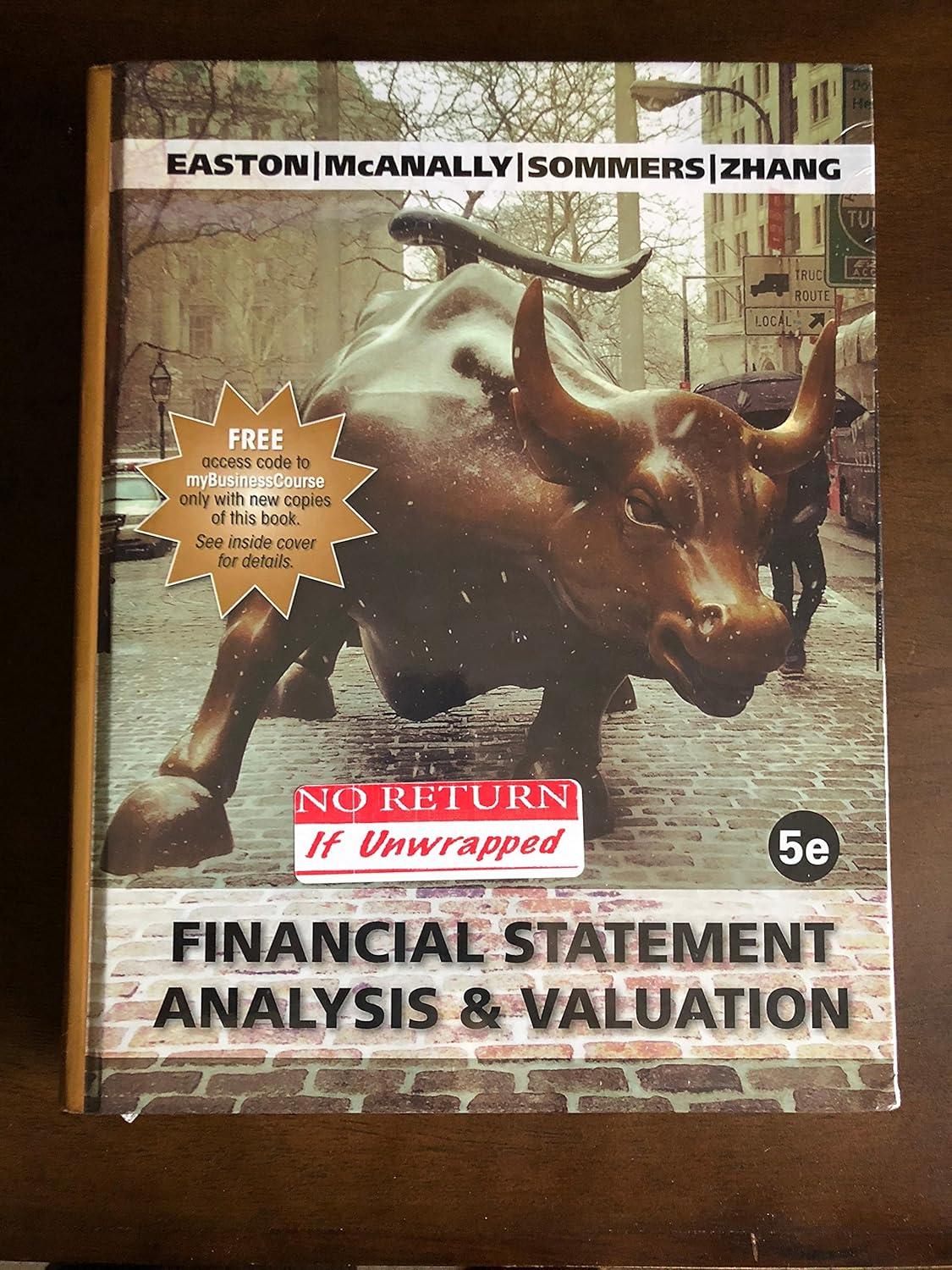Calculating Ratios and Estimating Credit Rating The following data are from Kelloggs 10-K report dated January 2,
Question:
Calculating Ratios and Estimating Credit Rating The following data are from Kellogg’s 10-K report dated January 2, 2016 ($ millions).
Revenue . . . . . . . . . . . . . . . . . . . $13,525 Earnings from continuing operations . . . . . $ 614 Interest expense. . . . . . . . . . . . . 227 Capital expenditures (CAPEX) . . . . . . . . . . 553 Tax expense . . . . . . . . . . . . . . . . 159 Total debt . . . . . . . . . . . . . . . . . . . . . . . . . . 7,759 Amortization expense. . . . . . . . . 8 Average assets . . . . . . . . . . . . . . . . . . . . . . 15,209 Depreciation expense. . . . . . . . . 526
a. Use the data above to calculate the following ratios: EBITA/Average assets, EBITA Margin, EBITA/Interest expense, Debt/EBITDA, CAPEX/Depreciation Expense. Definitions for these ratios are in Exhibit 7.6.
b. Refer to Exhibit 7.6 and the ratios you calculated in part
a. Estimate the credit rating that Moody’s might assign to Under Armour.
Step by Step Answer:

Financial Statement Analysis And Valuation
ISBN: 9781618532336
5th Edition
Authors: Peter D. Easton, Mary Lea McAnally, Gregory A. Sommers






